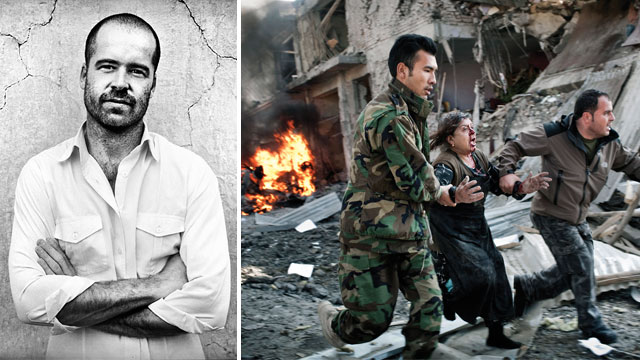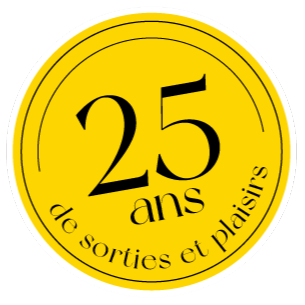World Press Photo: photojournalist Adam Ferguson captures humankind at breaking point
Auteur: Michael-Oliver Harding
Forget the undeniable glamour – and delectable drama – of strungout models exuding carefully rehearsed mystique for an artist’s lens. Not all photographers operate on high-concept scenarios involving A-list celebrities, flustered stylists, wind machines and slithering snakes. Some get their adrenaline rush from putting their lives on the line, bringing little-known realities into focus and reporting on poignant stories of survival.
Such is the case for Aussie-born, New Delhi-based VII Network photojournalist Adam Ferguson, a regular contributor to TIME, Reader’s Digest, Vanity Fair, The Wall Street Journal and Human Rights Watch. “I’m not interested in exploring art or manipulating subject matter,” Ferguson explains to me via e-mail from Marja, Afghanistan, where he is currently embedded. “I’m about navigating myself through an authentic experience and recording it with a camera.”
Collecting snapshots of visceral brutality– of mankind taken under siege by its own cold-blooded actions – is what Ferguson has committed to since setting up shop in Delhi back in 2007. After discovering the work of vanguard photojournalists like Cartier-Bresson, Eugene Richard (Cocaine True, Cocaine Blue) and Trent Parke (Dream/Life) as a student, Ferguson saw in photojournalism the perfect outlet for his too-strong-to-suppress social conscience. “It made sense to me to explore and comment on the human condition with a camera. The world is saturated with images, and I see it as my mission to ask people to think, not to create imagery that will reinforce what they already know.”
FOREGROUND OBSCURED, BACKGROUND MAGNIFIED
Ferguson has turned his attention to Pakistan’s politically volatile climate, Afghanistan’s military occupation and social unrest in northeast India – as in troubled Manipur, where marginalised youth are beset by the region’s booming heroin trade. Most recently, Ferguson won the 1st prize in the Spot News category at the 2010 World Press Photo Awards for a New York Times picture he shot moments after a suicide car bombing in Kabul.
“I was one the first photographers there, along with an AP photographer,” Ferguson recounts. “We were both delirious and frantic and there was no time to think about secondary blasts. People screamed out and injured people were carried from the scene, bodies on stretchers, blood on the ground. The buildings on both sides of the road were destroyed. The bomb was big one, it had devastated the entire corner. The police cleared the area and kicked us out after about 10 minutes of working.”
WANDERLUST FOR THE BRAVE
While one might surmise that freelancers at competing media outlets don’t always make the best of friends when their paths cross on assignments, Afghanistan ain’t your run of the mill destination. Ferguson describes the international photojournalist community there as incredibly warm and supportive. “It can be a lonely life on the road, so we often look to each other for company and support. We are also all inherently estranged from our normal worlds, so we tend to get along.”
Telephoto-toting explorers like Ferguson are continually taking aim at citizen apathy, by finding compelling ways – think framing, editing and subject considerations – to tell bleak stories that have been divested of any happy ending. And while Ferguson strongly believes in the power and influence his work can wield, he’s also acutely in tune with the medium’s inherent limitations. “Imagery, I hope, causes us to be shocked, or it can give us an instant connection to events, an instant emotional response. But at the end of the day, pictures are just pictures, and to understand the world’s complexities, an audience needs to draw from a wide range of sources, otherwise people can develop what has been labelled as ‘compassion fatigue’.” Flipping through Ferguson’s body of work, one would think that such unconcern requires a pretty callous set of eyeballs.
World Press Photo 10
September 3 to October 3
Just for Laughs Museum | 2111, St-Laurent
worldpressphoto.org | adamfergusonphoto.com











